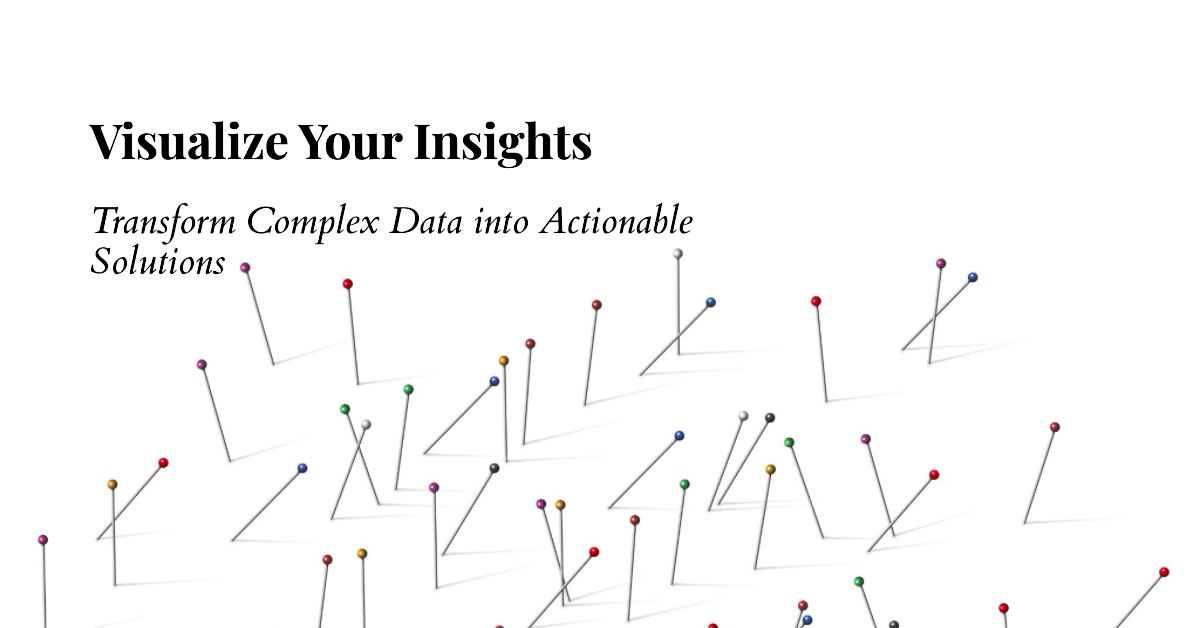In today’s fast-paced digital age, the abundance of data can be overwhelming. Raw data, no matter how extensive, often fails to convey meaningful insights to decision-makers. This is where the power of data visualization comes into play, transforming complex datasets into actionable solutions that are easy to understand.

